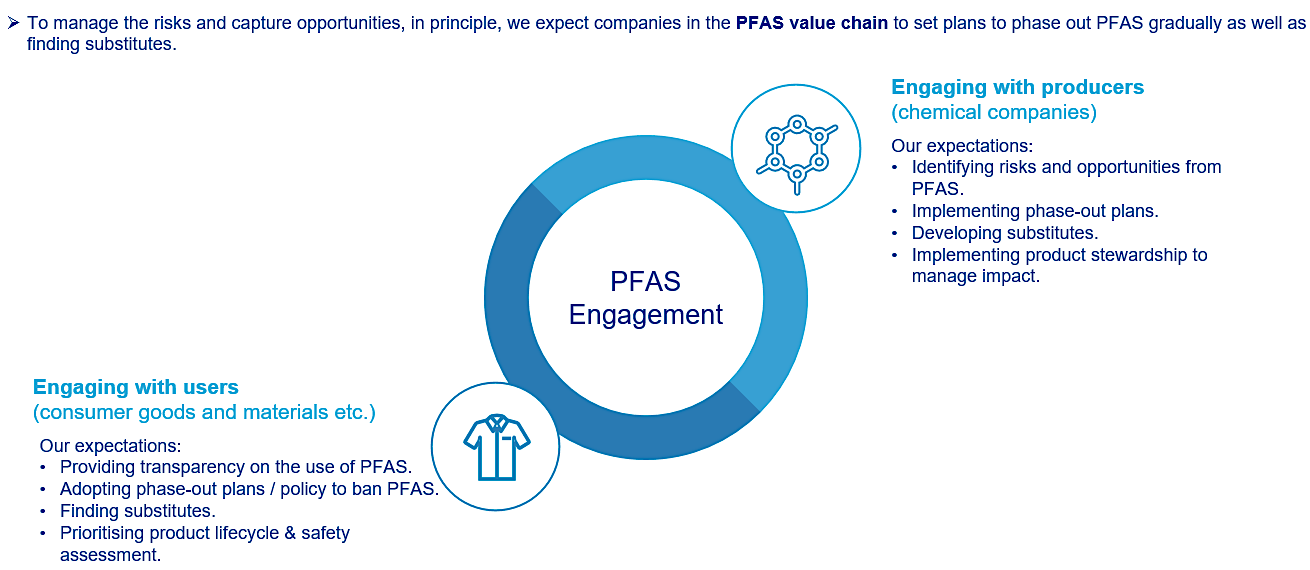Biodiversity | ~ 3 min read
Time up for toxic chemicals?

As the European Commission considers a ban on harmful man-made chemicals, engaging with producers and users could help mitigate the risks of these toxins.
Phasing out the use of “forever chemicals” is a key environmental goal of the European Commission (EC). These per- and polyfluorinated alkyl substances (PFAS) are found in drinking water and soil, with persistent negative effects on the environment and human health.
The health risks are significant. PFAS have even been identified in human blood, and the US National Cancer Institute links them to some types of cancer and hormonal diseases. Yet production is at historic highs and rising. The European Chemicals Agency (ECHA) estimates that 4.4 million tonnes of PFAS will end up in our ecosystems over the next 30 years, without preventive action being taken.2
Regulatory developments
The proposal to restrict these toxins was a flagship component of the European Green Deal in 2020. However, the ECHA’s consultation on the issue closed with significant push back from corporates, organisations and individuals. 3 A final decision from the EC is expected next year.
Regulation is not the only driver for reducing use of PFAS. Litigation related to environmental contamination from these chemicals is a challenge facing companies in the chemicals sector, and beyond. Our approach assesses and monitors investee companies that are both producers and users of PFAS. We assign high risk materiality to producers such as packaging, electronic components and industrials companies, in addition to users of these chemicals, including, apparel, household and personal products, and tech hardware firms.
Role of engagement
To encourage transition away from PFAS, we have developed an engagement approach targeting producers and users in sectors of high risk-materiality. In these engagement dialogues most companies recognise the risks but are defensive about the possibility of litigation and are vague on their phase-out plans.
Allianz Global Investors – engagement approach for forever chemicals

Source: Allianz Global Investors, April 2024
Development of alternative solutions seems driven by customer and regulatory demands, rather than producers seizing this opportunity. While most PFAS producers have frameworks to assess sustainability, these are typically linked to R&D and new products, with less transparency on their PFAS phase-out plans.
The next stage of our engagement initiative will focus on PFAS users. In addition, we will continue to prioritise comprehensive chemical assessments for producers and users as chemical pollution is a priority issue in our biodiversity engagement framework established last year.
1National Cancer Institute, PFAS Exposure and Risk of Cancer - NCI, 2023
2European Chemicals Agency, All news - ECHA (europa.eu), February 2023
3Chemsec, Japanese industry confronts EU’s PFAS ban amid domestic contamination discovery, February 2024







